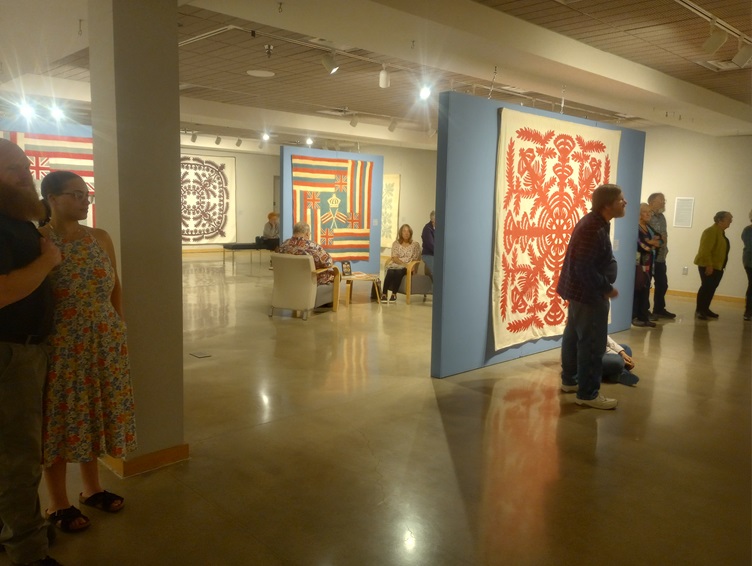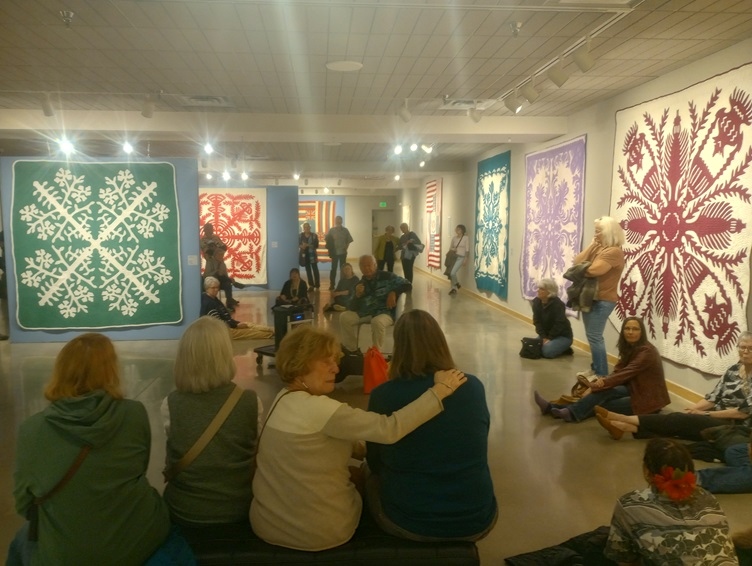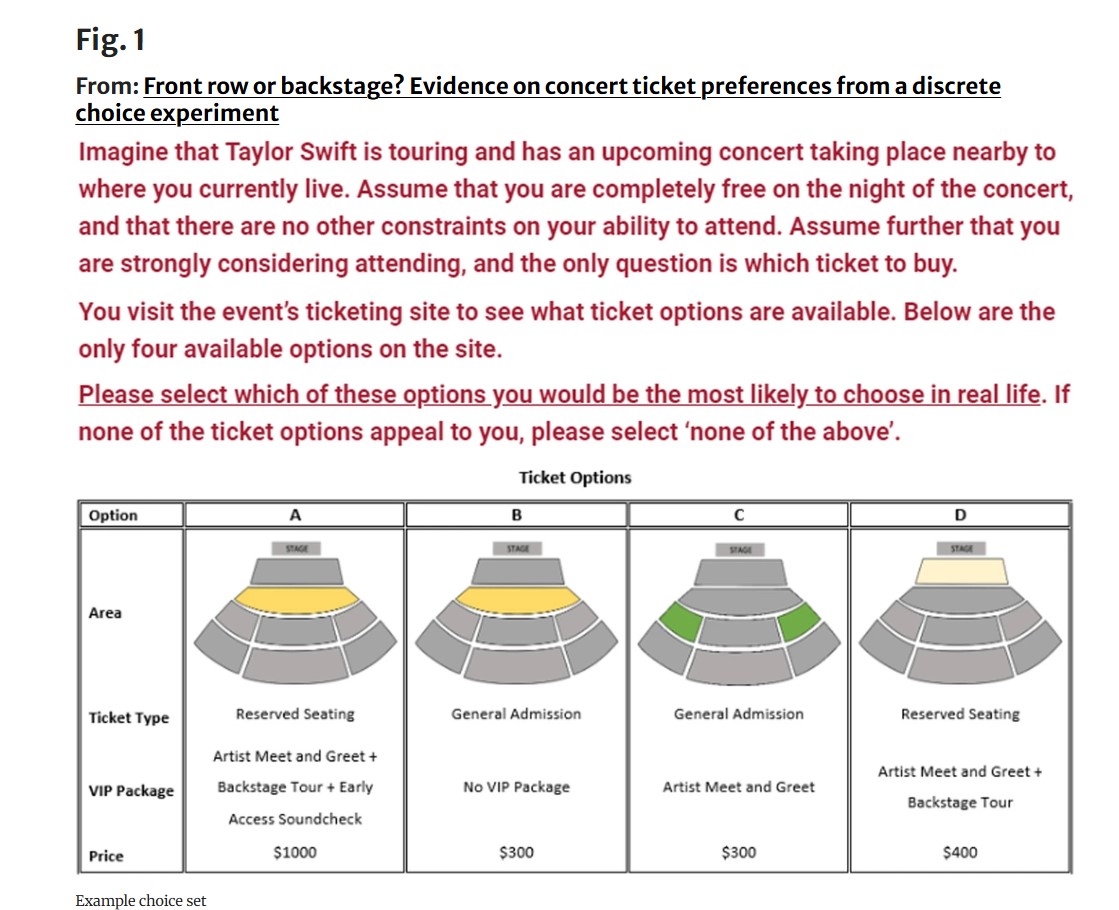Ruth Hartt made a post yesterday that is getting a fair number of responses from folks in the arts community, including somewhat gratifyingly, board members who need to be invested in the goals for which she advocates.
She discusses the need for cultural organizations to align their programming, practices, and operations toward meeting outcomes desired by audiences/participants/community members. She provides some practical examples of organizations around the world who have achieved this by doing everything from publishing a children’s book, sending postcards to children, offering wellness classes, and centering activities around a decommissioned fire truck.
These support her proposal on how to shift organizational business models:
Shift the value proposition from showcasing artistic product to delivering audience outcomes (e.g., wellness, belonging, inspiration, emotional restoration).
[…]
Expand resource allocation to include different talent, tools, and partnerships—especially those outside the arts sector (e.g., wellness practitioners, educators, social service orgs).
[…]
Reframe success metrics to measure what matters to your audiences, not just what matters to insiders or funders (e.g., social connection, personal growth, first-time participation).
Rebuild your value network by cultivating funders, partners, and press outlets that validate outcomes instead of just prestige, tradition, or aesthetics.
Something she wrote at the beginning of her piece coalesced a lot of disparate concepts for me:
Historically, the arts have been one of the few avenues for accessing beauty, intellect, and high-status cultural capital. The product itself was scarce, revered, and gatekept.
But since the early 2000s, the digital revolution has shifted power to the consumer—creating a world where people expect personalized, on-demand experiences that deliver clear value and meaningful outcomes. Shaped by pre-digital norms, the arts sector has struggled to respond.
It occurred to me that it may not be entirely true that the shift started in the early 2000s. I have always attributed my feeling that I have had permission to access cultural experiences to the fact my parents would take us to performances, museums, and historical sites when I was younger.
But my lifetime has seen increased access to experiences. I have gone from three channel over the air television to cable to VCR to video rental stores to dial-up internet to high speed internet to video on demand (including YouTube) to streaming content.
The practice of gatekeeping experiences has always seemed silly to me. Now I wonder if it was shaped in part by the increasingly accessible world (even though neighbors had color tv, cable, and HBO years before I did.)
I suspect that even if others did not have the same perspective and experiences with cultural opportunities that I did, their expectations of accessibility were being shaped in a similar way.
In other words, I think it is perhaps a mistake to believe this shift of expectations began with generations whose first experiences with technology began in the 2000s. There has probably been a subconscious awareness of unmet need and expectations far longer than that.
Therefore it would be a mistake to think what Ruth proposes is targeted to engage and increase the participation of younger generations.








"Though while the author wishes they could buy it in Walmart..." Who is "they"? The kids? The author? Something else?…